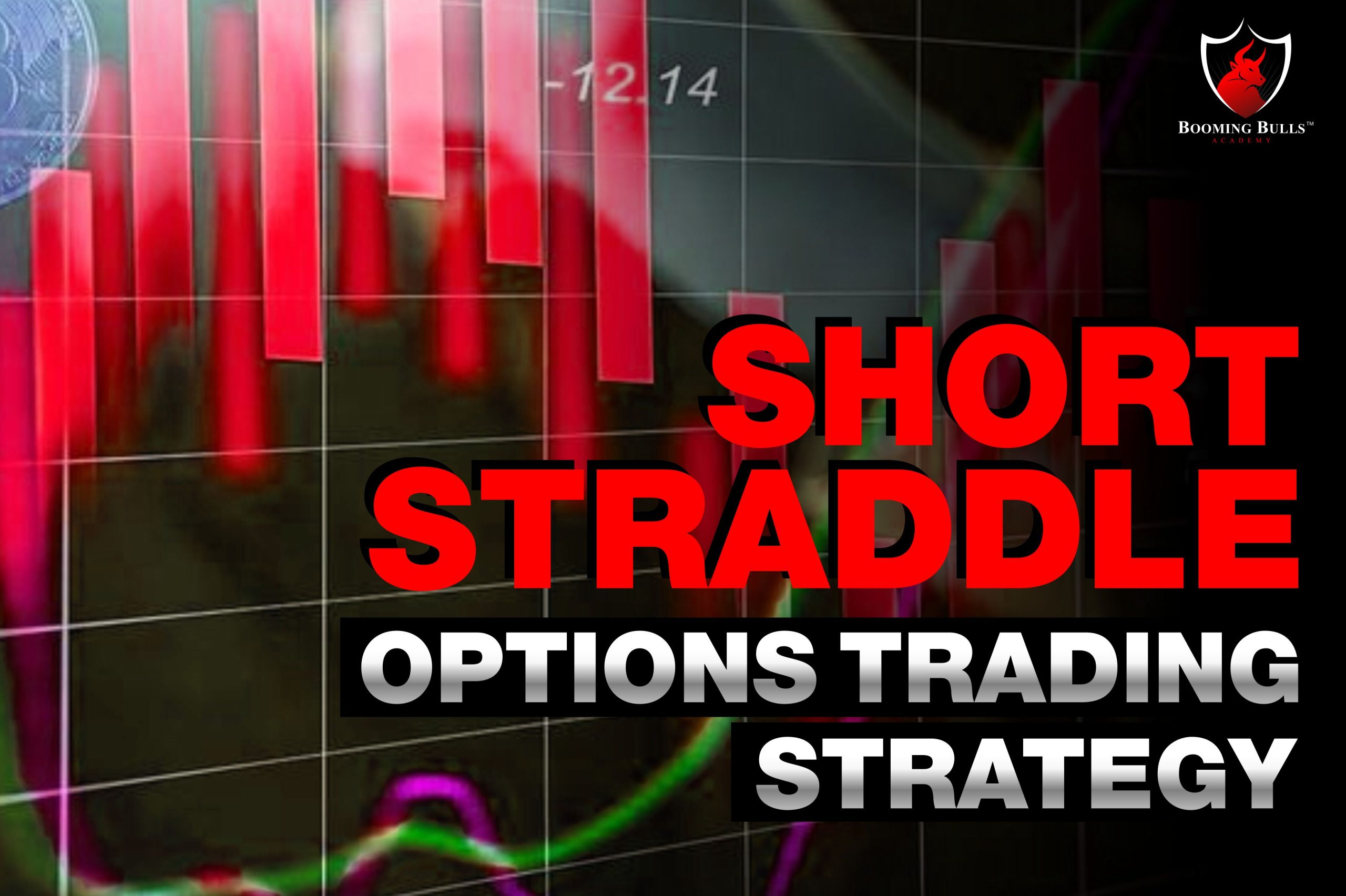

Short Straddle is the most used options trading strategy by many option traders. The short straddle option trading strategy is nothing but shorting both at the money call and put option of the same expiry at the same time.
However, the short straddle option strategy contains a lot of risks because traders sell both the at-the-money options and when the market moves in either direction with momentum, then there is a high probability that your Short Straddle may go into loss.
In today’s article, we are going to understand the top hacks for short straddle operations strategy that no one will tell you about.
Often traders initiate this strategy, and when the market moves in either direction, they either book a loss with the fear of losing more money, or some traders keep on holding the same trade with the hope of making a profit.
Both of these approaches are wrong. You need to adjust your short straddles when the market moves in either direction with momentum.
If you are a fan of long ranges, then, in that case, you can create long-term short straddles that will offer you bigger ranges and eventually bigger breakeven.
You can take positions in later-dated options like 3 months, 6 months or 1 year. On the other hand, the only problem you may face while initiating the later-dated short straddle is a liquidity problem, as longer-term options have less liquidity in them, and there may be huge slippage while initiating a short straddle.
As we discussed earlier, adjustments are important in this strategy but doing over-adjustments can also cause you a loss.
Firstly, a short straddle may quickly go into loss if you try to adjust too fast and too quickly. Hence it is important to learn when to adjust short straddles.
Every trader has his own adjustment methodology, which comes with experience, and there is no fixed formula. Some traders prefer adjusting only when it touches the breakeven, some adjust at a smaller distance itself, and some want to skip the entire procedure by setting up a specific % of stop loss on both sides.
Making adjustments to your existing short straddle may require additional funds, so you should have additional funds in case of additional adjustments.
There are different ways through which you can adjust your short straddle-
-You can create a new short straddle
– Taking additional credit from the winning side.
-risking off on the losing side
– In this method the existing position is squared off, and a new short straddle is created. This method is recommended where there is an IV spike.
Taking Additional credit
-Taking additional credit means shifting your winning side closer to the spot price to collect additional premiums from out-of-the-money options.
– In this method, the losing side is squared off, and we book a temporary loss on that side, and we shift the losing leg away from the spot in order to incentivise the breakeven on that particular side.
So this is how you can initiate the short straddle trading strategy and adjust it according to the market movements. If you like this article, don’t forget to share it with us across all your social media handles.
Happy learning!
If you want to know more about Risk Management & Intraday Trading Strategies you can refer to our previous blog on
Importance Of Risk Management In Trading and 10 Best Intraday Trading Strategies.
Open a Demat Account using our link to get support from us – https://bit.ly/3gyhIWN and send your ID to [email protected]
Superb
The whole short straddle strategy & its various adjustments has been very clearly explained. Well done Anish Singh @ Booming Bulls. 👍👏
Glad that you find the blog helpful; we constantly try to bring helpful blogs for our traders and will continue doing so.